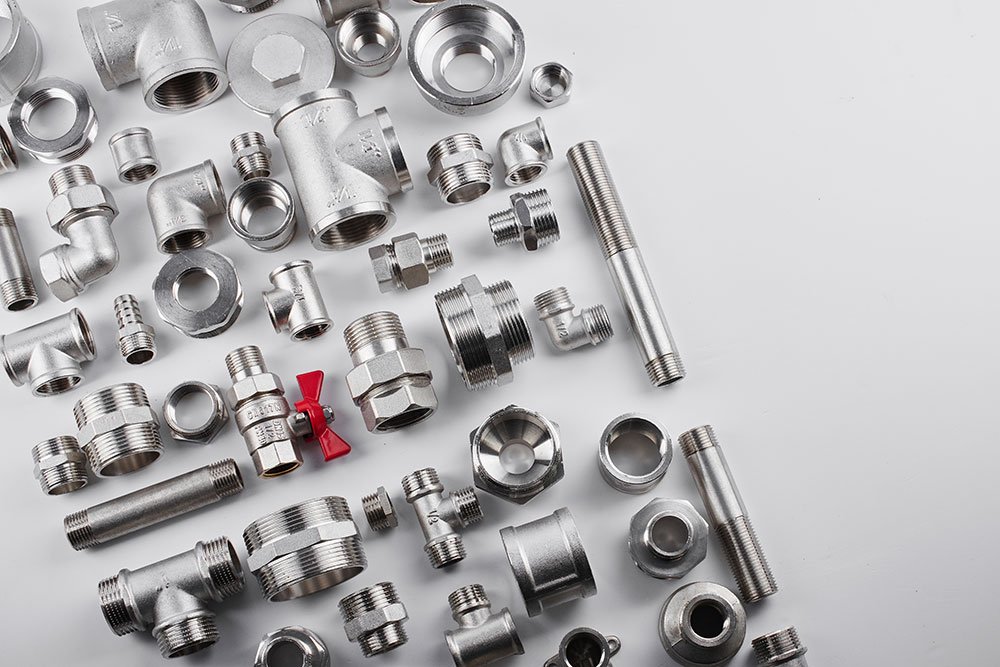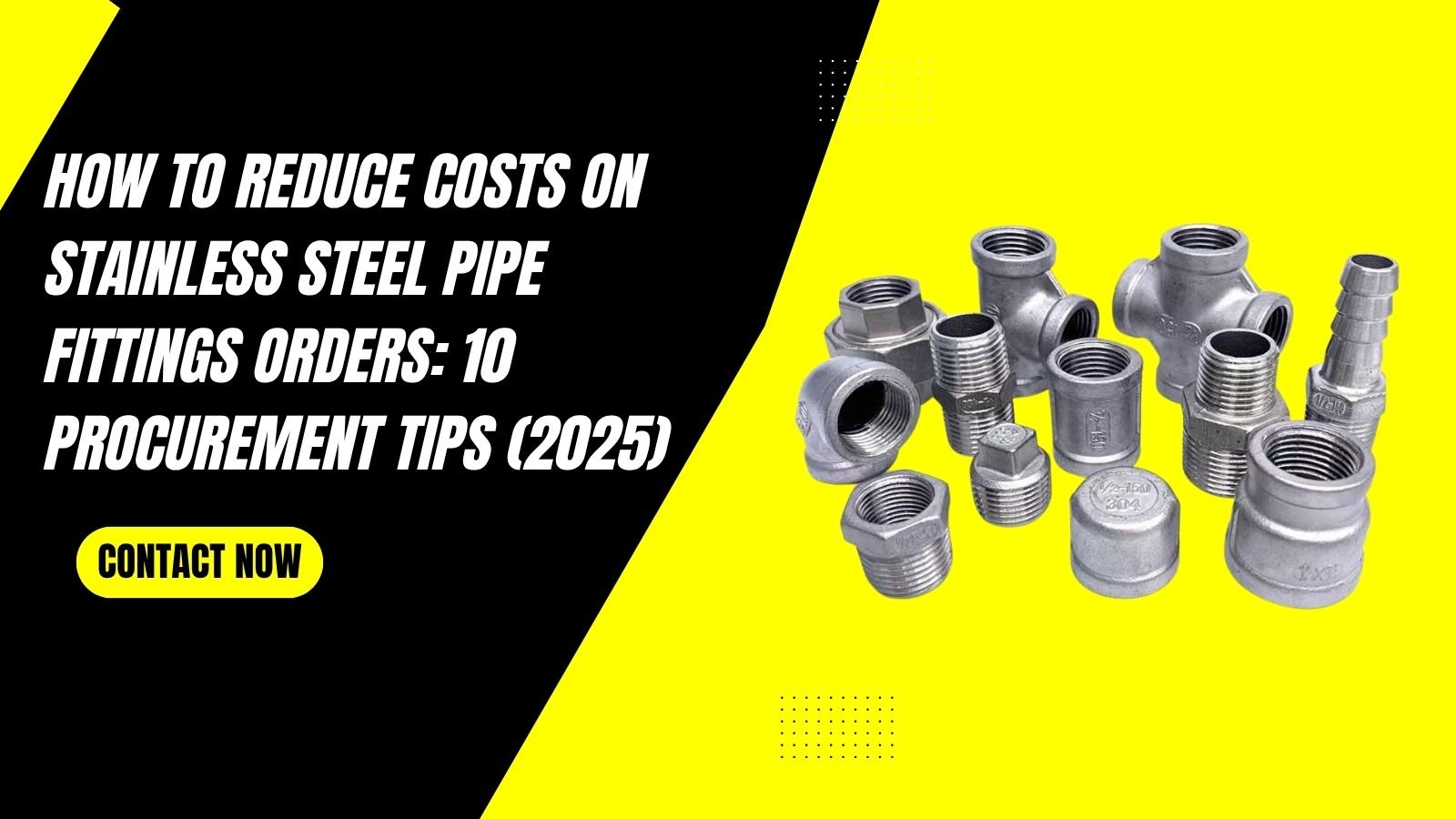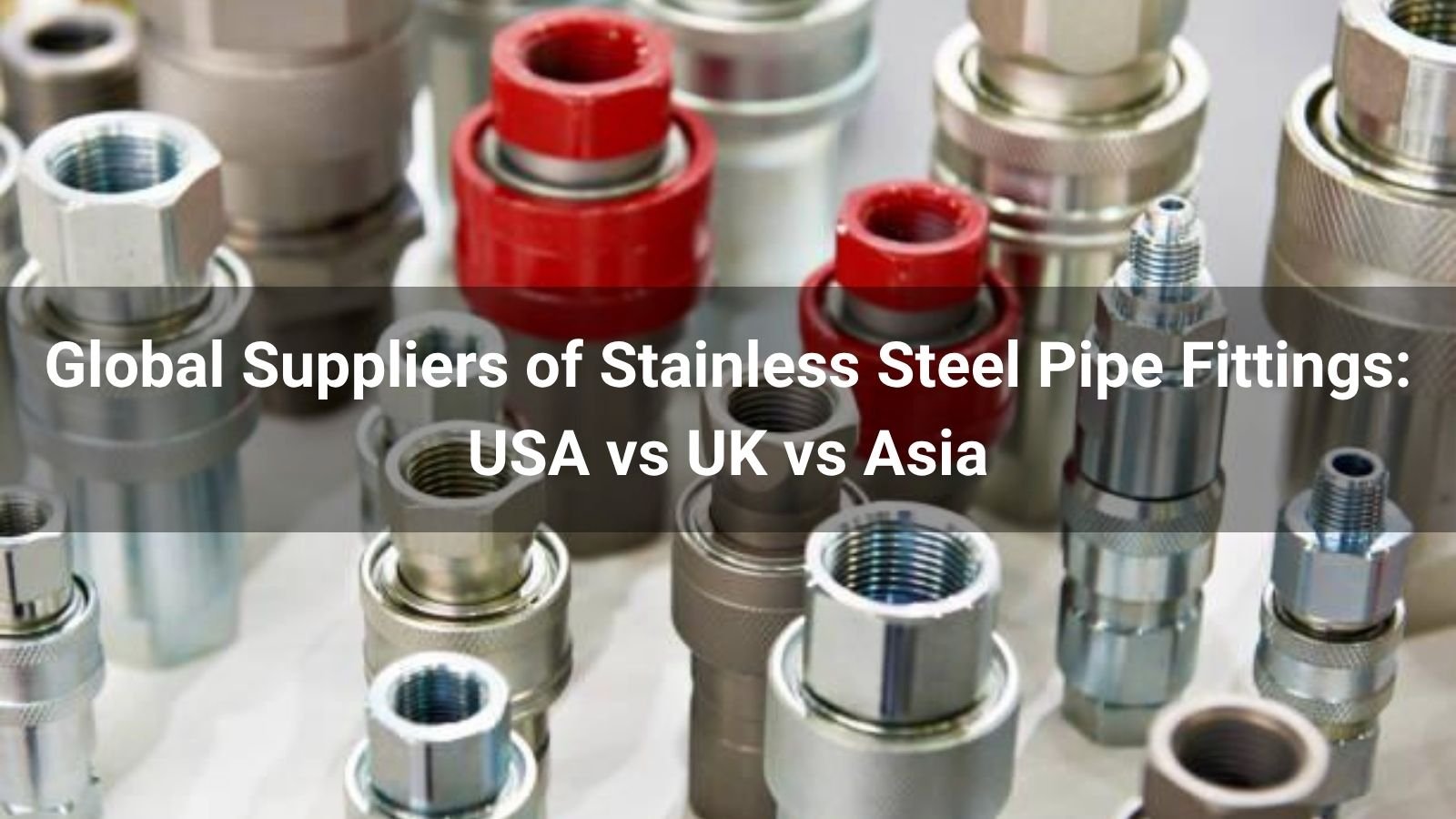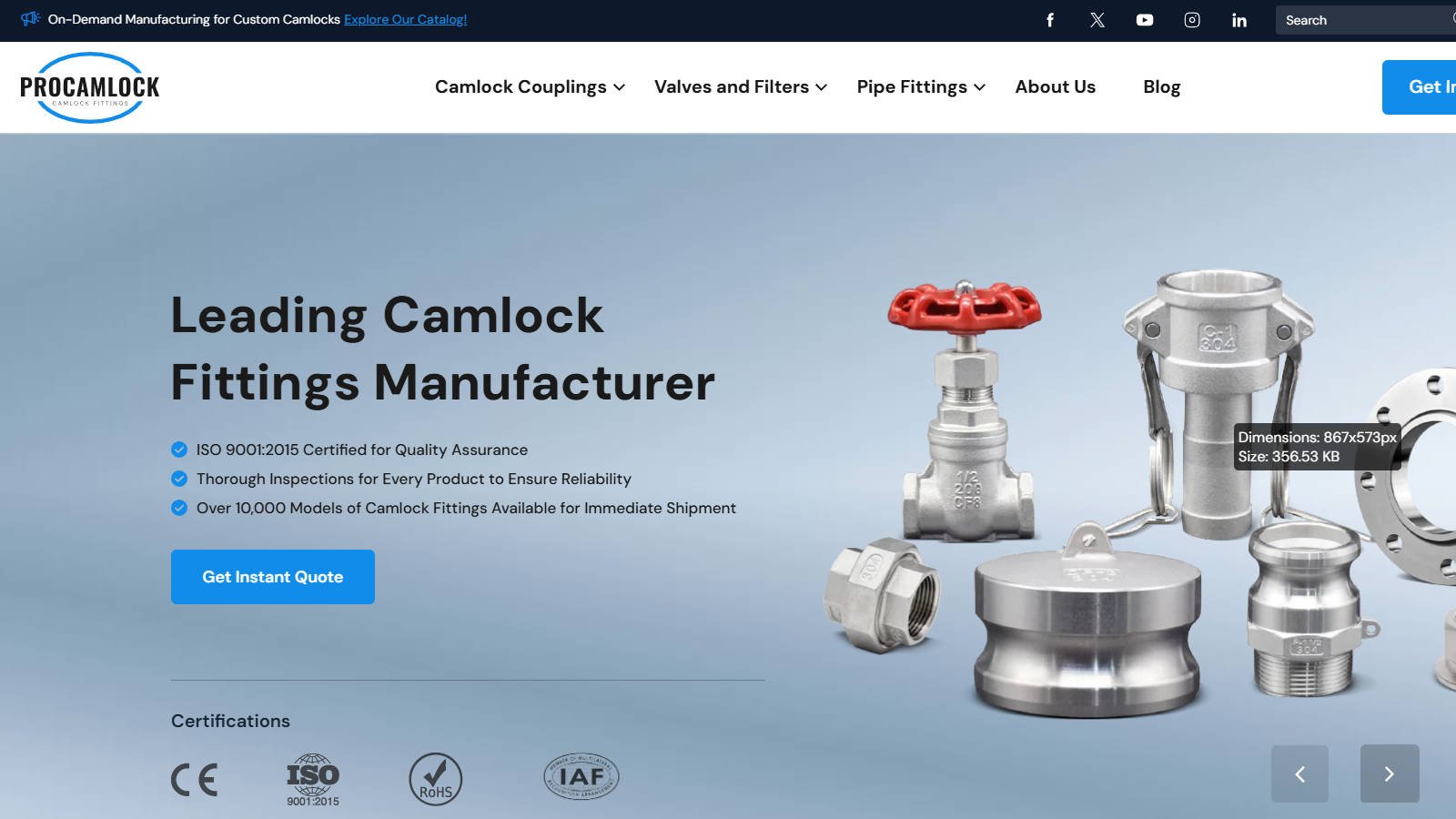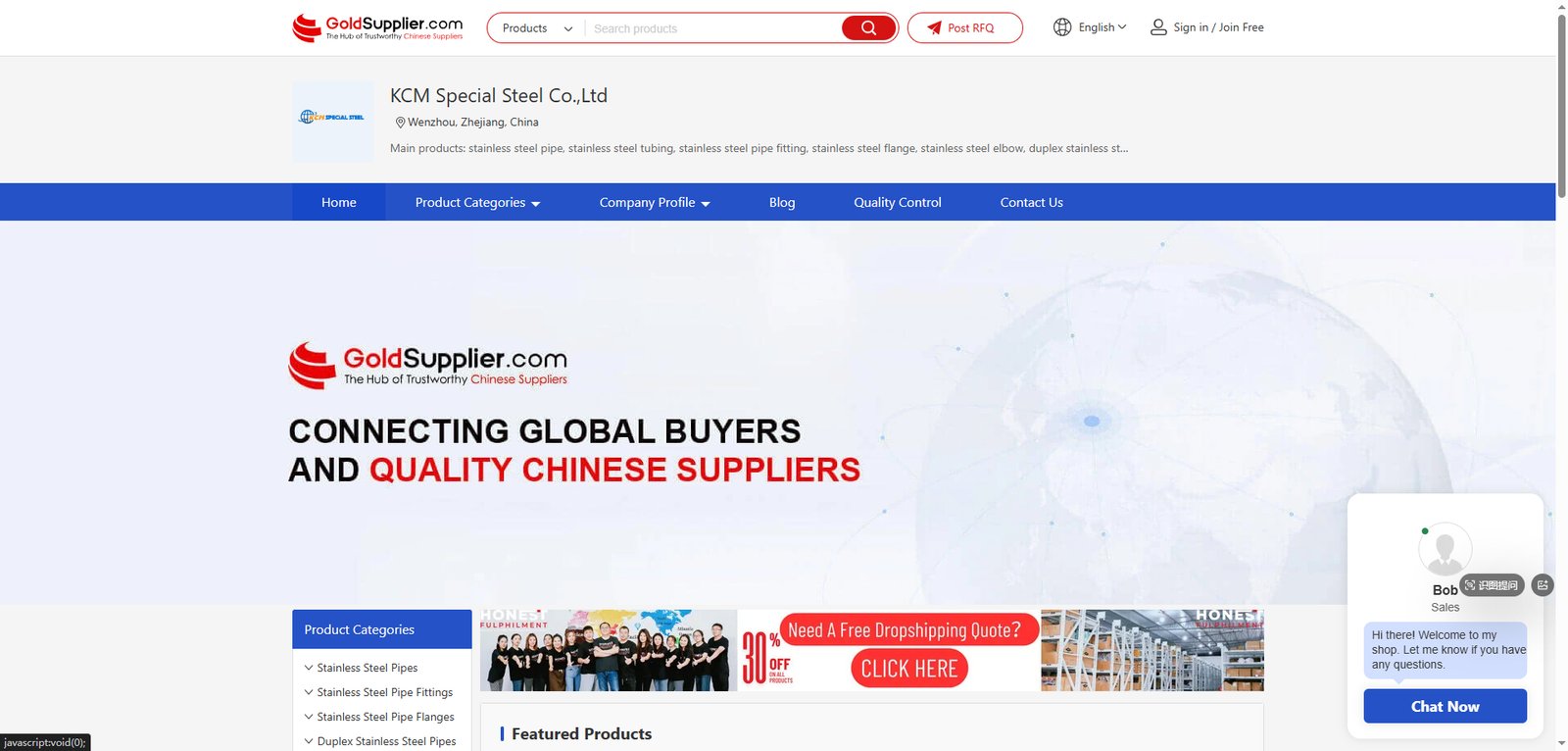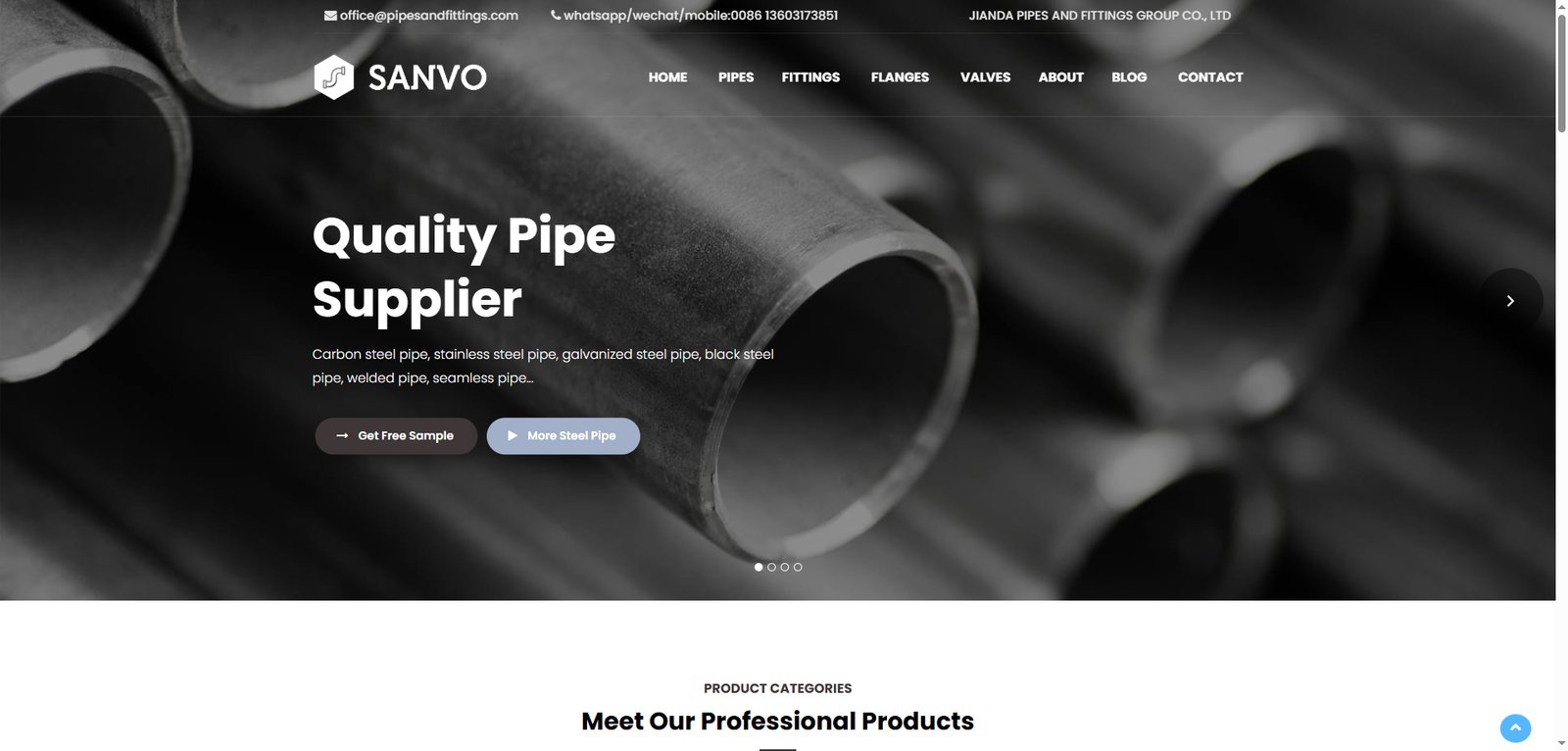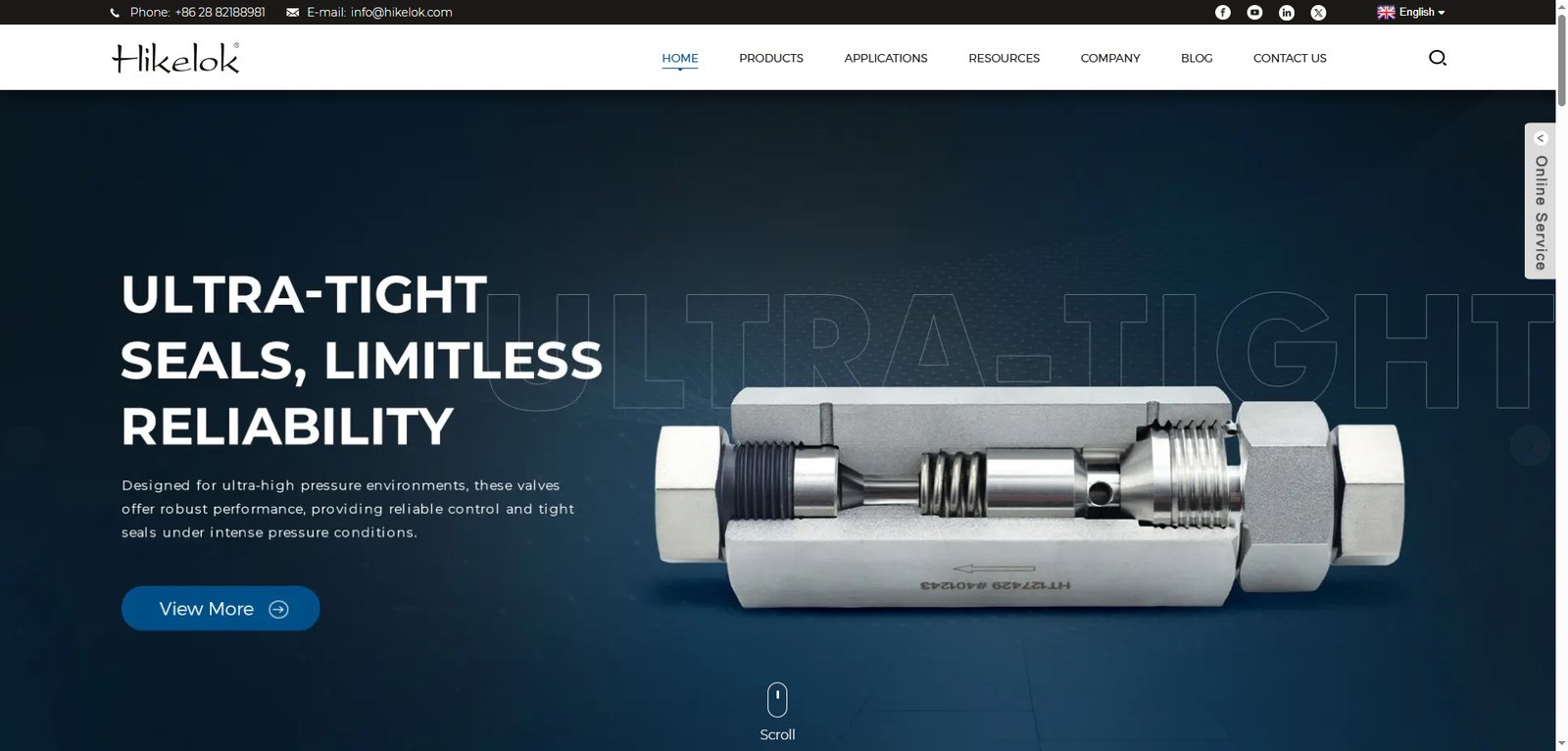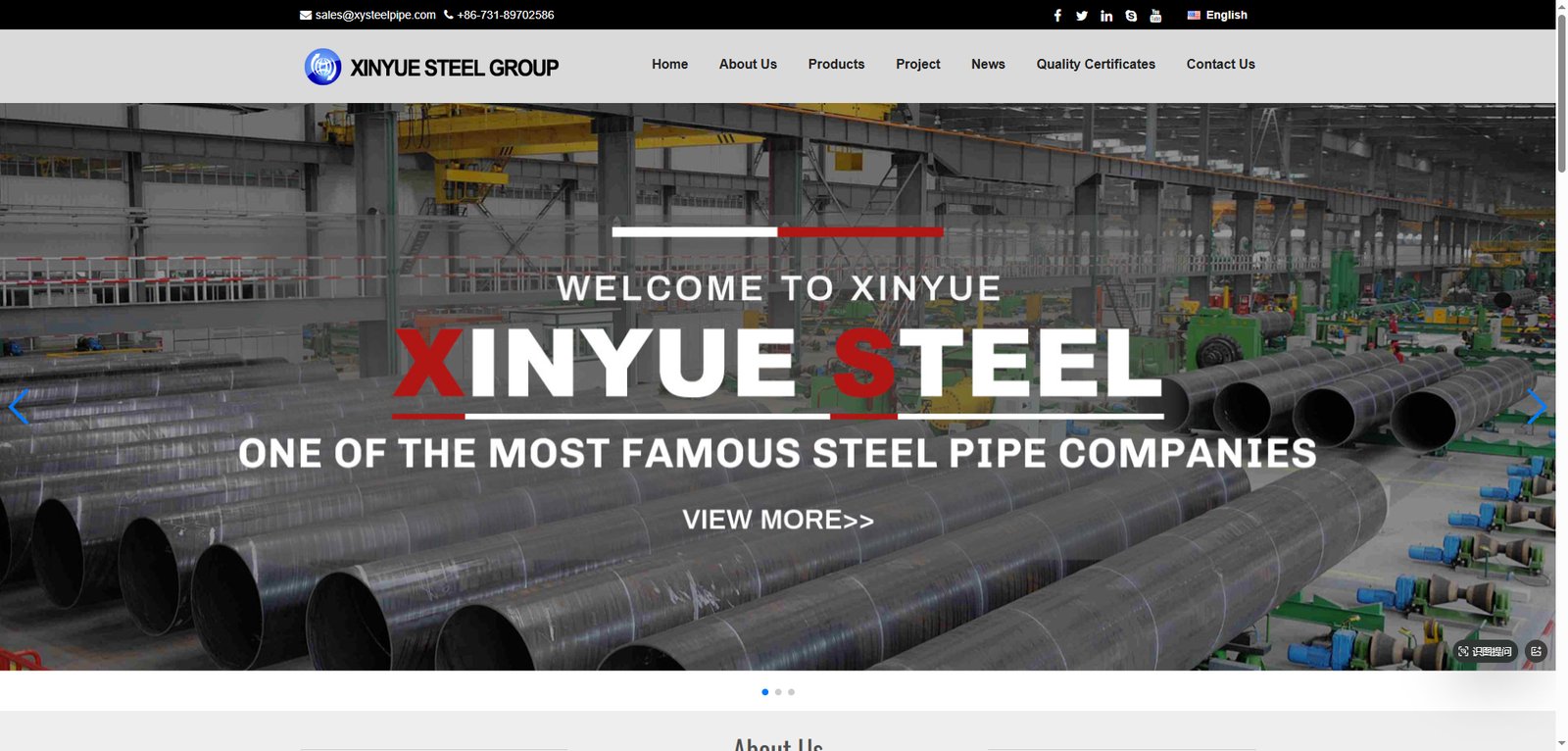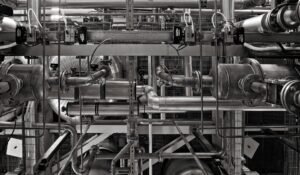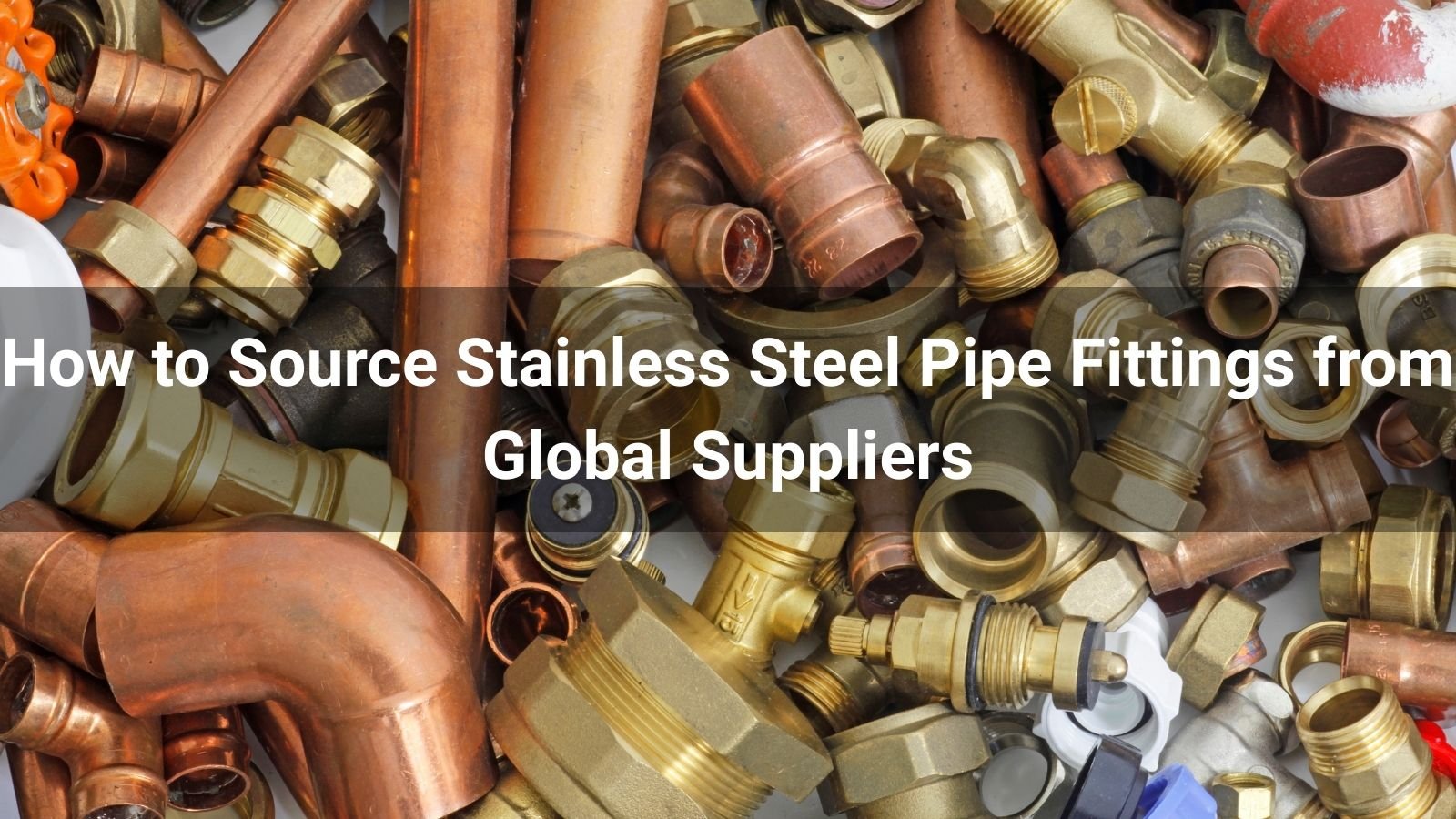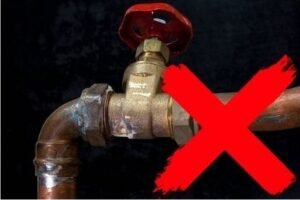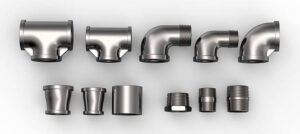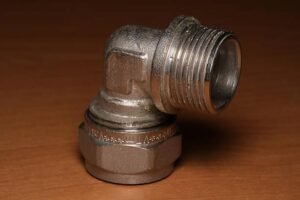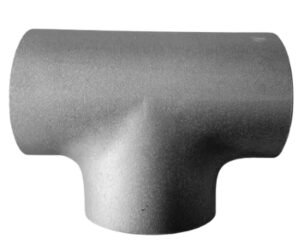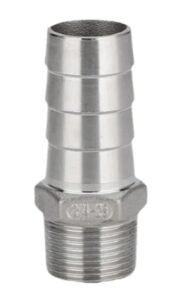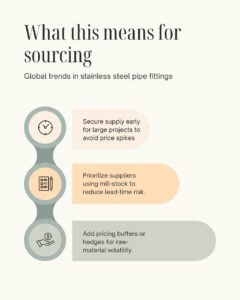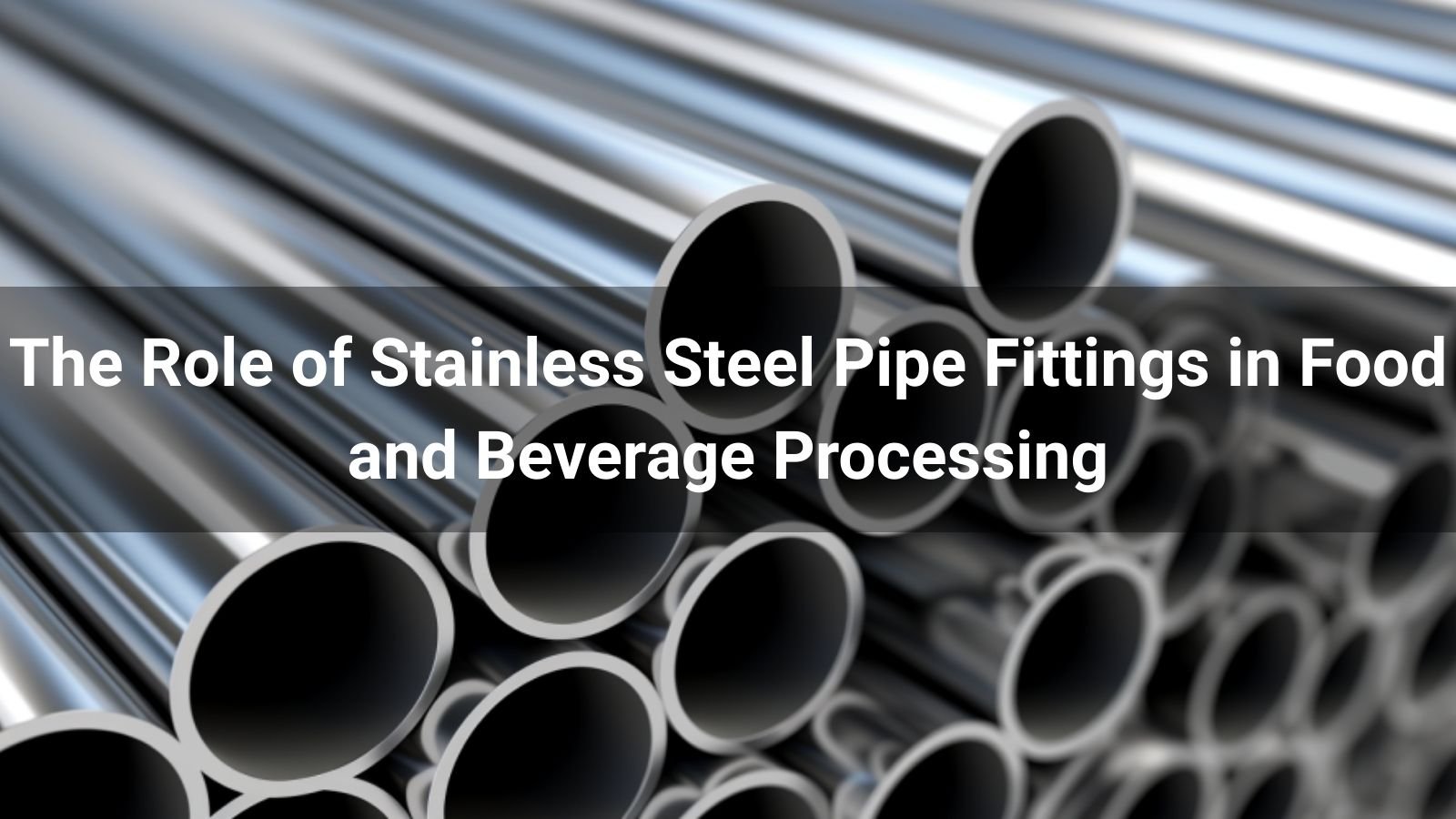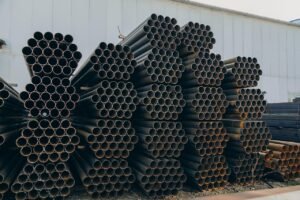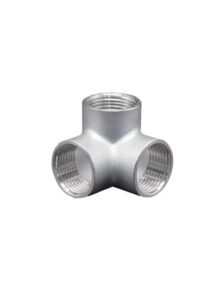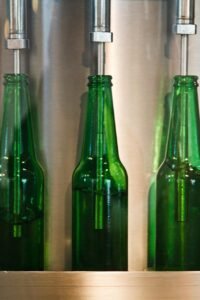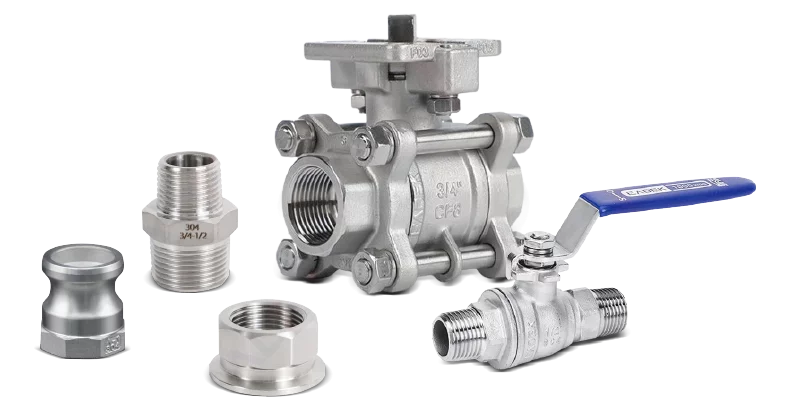Camlock couplings, also known as cam and groove couplings, are vital for quick, secure connections in industries like agriculture, oil and gas, and chemical processing. Whether you’re a procurement professional seeking cost-effective suppliers or a beginner exploring camlock fittings, this guide will help you find high-quality camlock couplings at competitive prices. We’ll cover types, materials, applications, and actionable steps to choose reliable suppliers, with authoritative resources to build trust.
Understanding Camlock Couplings
What Are Camlock Couplings?
Camlock couplings are quick-connect fittings that join hoses, pipes, or tubing without tools, ideal for low-pressure fluid transfer. They feature a male adapter and a female coupler, secured by cam arms for a leak-proof seal. Their simplicity and versatility make them essential in industries requiring frequent connections. According to Tameson, camlock fittings are widely used in manufacturing, agriculture, and chemical applications due to their tool-free operation.
Why Camlock Couplings Matter
- Efficiency: Quick assembly reduces downtime.
- Versatility: Handles water, chemicals, petroleum, and more.
- Durability: High-quality materials ensure long-term reliability.
You can read our blog:
Top 10 Camlock Coupling Manufacturers in Europe 2025
Top 10 Camlock Coupling Manufacturers in USA 2025
Get more information to help you find the best Camlock couplings manufacturer
Types of Camlock Couplings
Camlock couplings come in various types, each tailored to specific connection needs:
- Type A: Male adapter with a female NPT or BSP thread.
- Type B: Female coupler with a male NPT or BSP thread.
- Type C: Female coupler with a hose shank.
- Type D: Female coupler with a female NPT or BSP thread.
- Type E: Male adapter with a hose shank.
- Type F: Male adapter with a male NPT or BSP thread.
- Type DC: Dust cap for male adapters.
- Type DP: Dust plug for female couplers.
Understanding these types is crucial for selecting the right coupling for your application, whether it’s connecting a hose to a pump or sealing off a pipe end.
Read the Comprehensive Guide to Camlock Couplings: Types, Applications, and Selection for more information on camlock couplings.
Materials Used in Camlock Couplings
The material of a camlock coupling significantly impacts its durability, compatibility, and cost. Common options include:
- Aluminum: Lightweight and corrosion-resistant, ideal for water, petroleum products, slurries, and dry powders. It’s cost-effective but less durable in harsh conditions.
- Stainless Steel: Highly durable and corrosion-resistant, perfect for aggressive chemicals or food-grade applications. Stainless steel 316L offers top-tier performance but comes at a premium.
- Brass: Offers good chemical resistance and is commonly used for water, wastewater, diesel, and petroleum oils. It’s moderately priced and reliable.
- Polypropylene: Affordable and lightweight, suitable for water pumps and less demanding applications. Its pressure rating drops above 158°F (70°C).
Choosing the right material depends on the fluid being transferred, environmental conditions, and budget constraints.
Applications of Camlock Couplings
Camlock couplings are versatile, serving industries such as:
- Agriculture: Irrigation, fertilizer, and water transfer.
- Oil and Gas: Petroleum and diesel handling.
- Chemical Processing: Safe transfer of acids, alkalis, and solvents.
- Food and Beverage: Hygienic connections with stainless steel fittings.
- Construction: Water and slurry transfer in dewatering systems.
Their adaptability and ease of use make them indispensable in low-pressure fluid management.
Factors to Consider When Buying Camlock Couplings
To ensure you get a high-quality product at a reasonable price, evaluate these key factors:
- Type and Size: Match the coupling type and size (e.g., ½” to 6”) to your hose or pipe specifications.
- Material Compatibility: Select a material that won’t degrade when exposed to your fluid (e.g., stainless steel for corrosives).
- Pressure and Temperature Ratings: Verify the coupling can handle your system’s maximum pressure and temperature. For instance, polypropylene’s rating decreases at high temperatures.
- Gasket Material: Gaskets (e.g., Buna-N, EPDM, Viton) must be compatible with the fluid to prevent leaks.
- Supplier Reputation: Opt for suppliers with a proven track record, positive reviews, and industry certifications like MIL-C-27487.
How to Find Reliable Camlock Coupling Suppliers
Finding a dependable supplier is the cornerstone of securing quality camlock couplings at a good price. Here’s how to start:
- Online Research: Use search engines and platforms like Thomasnet to identify suppliers. Keywords like “camlock coupling manufacturers” or “industrial camlock suppliers” can yield results.
- Trade Shows: Attend industry events to meet suppliers, see products firsthand, and negotiate directly.
- Recommendations: Ask peers or join industry groups on LinkedIn for trusted referrals.
- Certifications: Look for suppliers adhering to standards like A-A-59326/MIL-C-27487, ensuring product reliability.
- Customer Reviews: Check testimonials and ratings on supplier websites or third-party platforms to gauge service quality.
Comparing Suppliers: What to Look For
Once you’ve shortlisted suppliers, compare them based on these criteria:
- Product Variety: Suppliers offering a wide range of types (A-F, DC, DP) and materials cater to diverse needs. For example, some provide couplings from ½” to 6” in aluminum, stainless steel, and more.
- Pricing: Request quotes to compare costs. Beware of overly cheap options that may compromise quality.
- Delivery Time: Prioritize suppliers with fast shipping options, such as same-day dispatch, especially for urgent needs.
- Customer Service: Assess responsiveness via email or phone inquiries. A 24/7 support line is a bonus.
- After-Sales Support: Choose suppliers offering warranties or technical assistance post-purchase.
Here’s a sample comparison:
| Supplier Name | Product Range | Price Range | Delivery Time | Customer Rating |
|---|---|---|---|---|
| Pro Flow Dynamics | Aluminum, SS, Brass | $10-$50 | Same-day | 4.5/5 |
| CamlockDirect | 1000+ options | $8-$40 | Same-day | 4.7/5 |
| K&G Machinery | Multi-material | $12-$45 | 2-3 days | 4.3/5 |
Practical Tips for Buying Camlock Couplings
Maximize value and avoid pitfalls with these tips:
- Request Samples: Test a sample to verify fit, finish, and durability before bulk orders.
- Check Specifications: Confirm pressure ratings, temperature limits, and material compatibility in writing.
- Clarify the Process: Understand ordering, payment, and shipping terms upfront.
- Avoid Common Mistakes: Don’t overlook fluid compatibility, skip supplier vetting, or prioritize price over quality.
Step-by-Step Guide to Finding Suppliers
Follow these steps to streamline your search:
- Define Your Needs: Specify the type, size, material, and quantity of camlock couplings required.
- Research Suppliers: Use online tools, trade shows, and recommendations to build a list.
- Evaluate Options: Review certifications, reviews, and product offerings to narrow your choices.
- Request Quotes: Contact suppliers for detailed pricing and terms.
- Visit Facilities (If Possible): For large orders, inspect the supplier’s operations.
- Negotiate Terms: Finalize price, delivery, and support agreements.
- Monitor Performance: Assess the supplier’s reliability over time and adjust partnerships as needed.
Conclusion
Finding camlock couplings that offer both good price and quality is achievable with the right approach. By understanding the product, evaluating key factors, and systematically vetting suppliers, you can secure reliable fittings for your needs. Whether you’re new to camlocks or a seasoned buyer, this guide provides the roadmap to success.
For a trusted supplier, we recommend ProCamlock, a leader in camlock coupling manufacturing. ProCamlock offers a wide range of high-quality couplings in various materials and sizes, competitive pricing, and excellent customer support. Visit their website to explore their catalog and request a quote today!
FAQs
What is the difference between camlock types?
Each type (A-F, DC, DP) serves specific connection needs, like hose-to-pipe or pipe-to-pipe. Refer to the types section for details.
Which material is best for camlock couplings?
It depends on your application. Stainless steel is ideal for corrosive fluids, while aluminum suits general water transfer.
How do I ensure a camlock coupling is high quality?
Check for MIL-C-27487 or A-A-59326 compliance, request samples, and choose reputable suppliers like ProCamlock.
Where can I buy camlock couplings?
Trusted suppliers like ProCamlock, CamlockDirect, and K&G Machinery offer reliable options.
